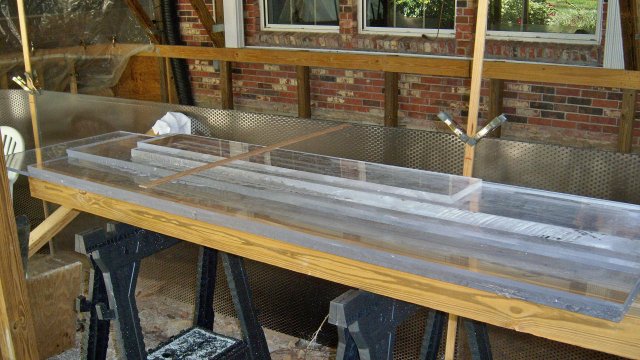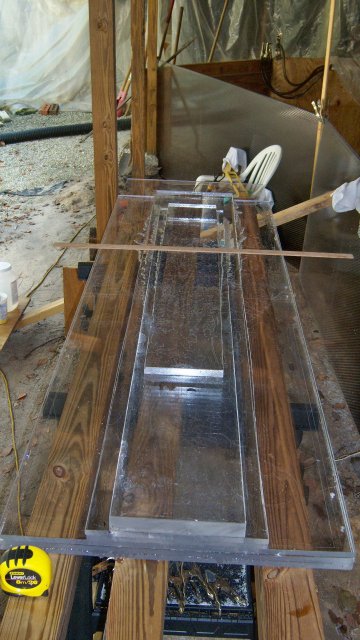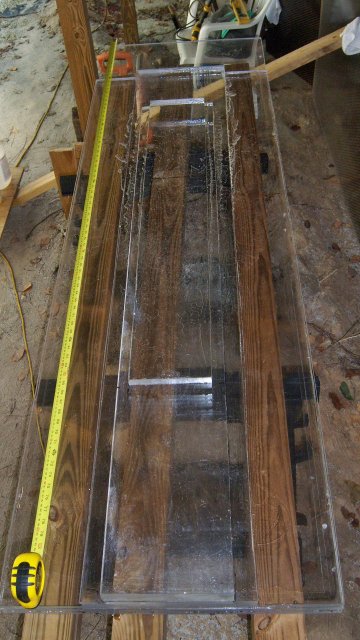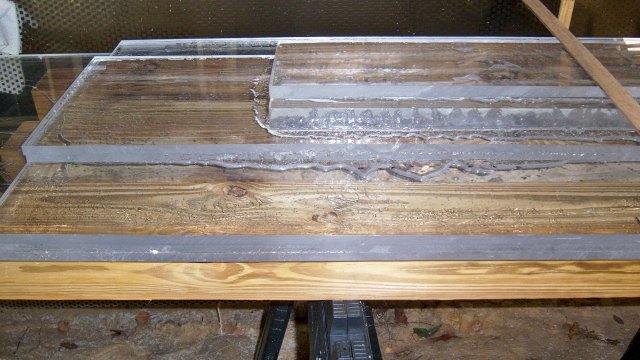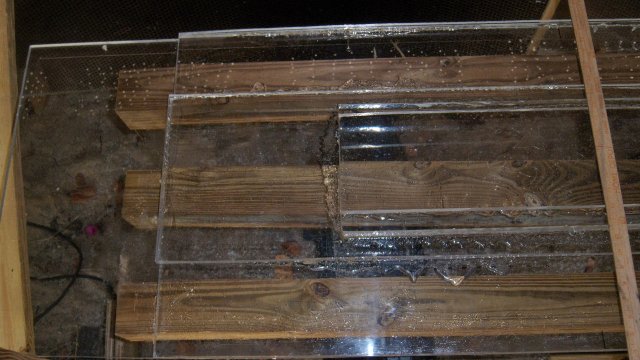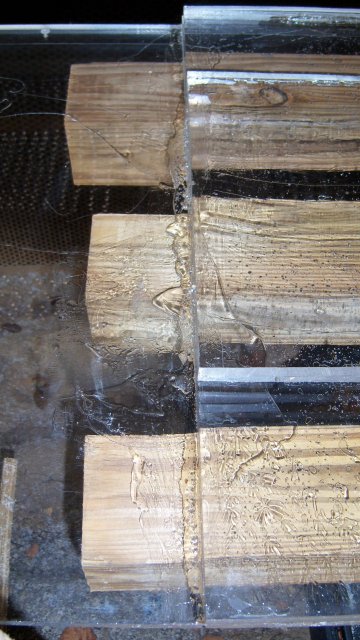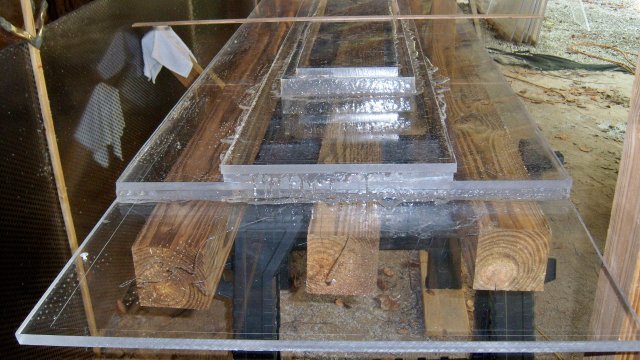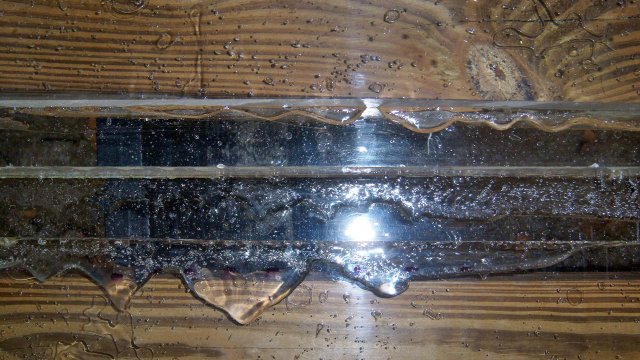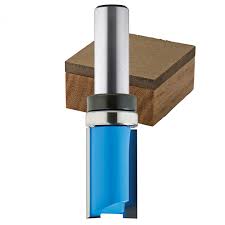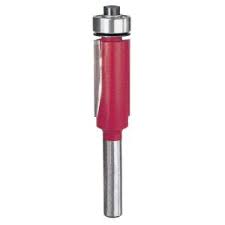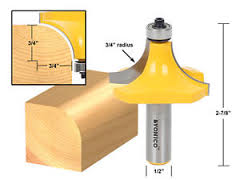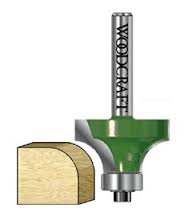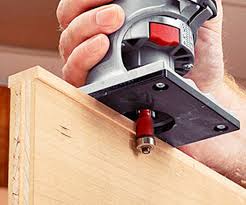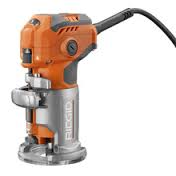 wednesday13
wednesday13
Well, what I've produced is an acrylic model of the Milky Way.

You were right in your eyeballing the amount of the Weld On 40 needed to get this done to some sort of standard of view-ability. It appears when I strive for ~perfect clarity and do a pour-and-squeeze, I squeeze out 2/3 or 3/4 of the glue. Maybe I am squeezing too hard (I set concrete blocks on the top sheet). IDK. Anyhow, this technique would up the glue consumption by 3-4 times pushing the glue cost to $1500-$2000 before shipping.
So went to brush on and then squeeze because it uses less glue... because with less glue and the pour-and-squeeze it gets ~ impossible for me to get the glue everywhere it needs to go. One option is to thin the glue as recommended.
-- Do you thin or not?
This of course leads to bubbles but I guess my standards are way low because it may be acceptable to me at this point.
I need to remove the excess hardened glue and sharp edges.
-- I wanted to ask you how you'd go about it?
-- What tools would you use?
-- What grits of sandpaper would you use from the largest to the smallest and in what steps?
Here are some pictures of where we stand today. Remember that while the total height of this post (made of seven acrylic sheets of different length, width and thickness) is 7', the visible, above-ground part is the top 40 inches, so I used a minimum of the glue for the bottom part that will go into concrete. The ruler lying across indicates the 40".
I'm thinking that maybe I will want to smooth the edges of all/most acrylic layers to a continuous smooth "bevel". But this will take way a bit of rigidity (which I am far from sure will be sufficient to hold back ~2.5'-3' of water). So, IDK yet.
So far I've used ~2/3 of one gallon jug. I bought 4 one gallon jugs to glue 4 posts like this together but can buy some more if needed.
